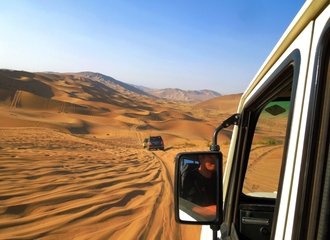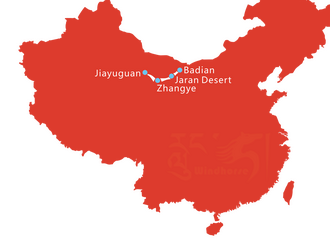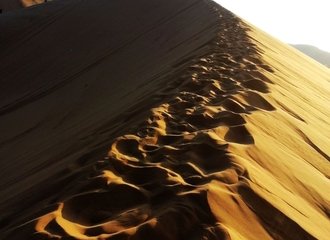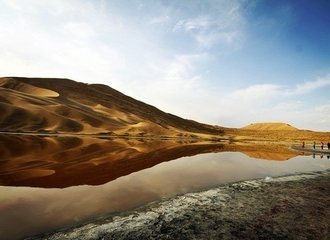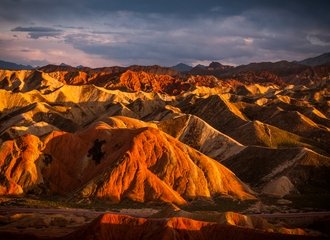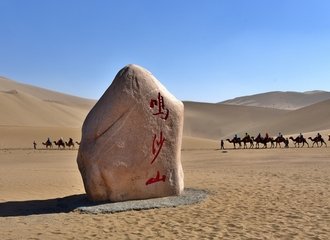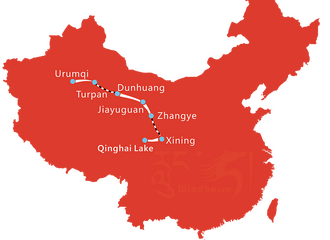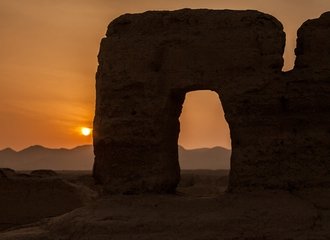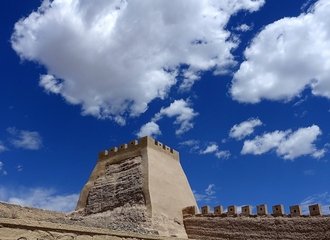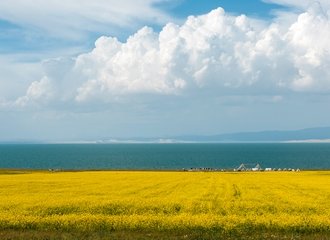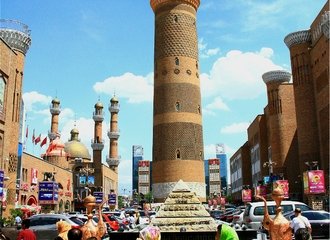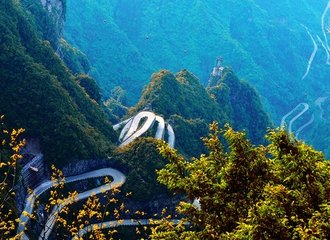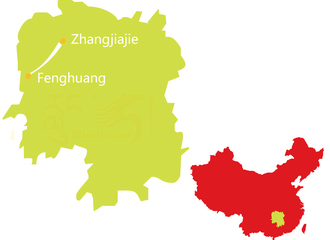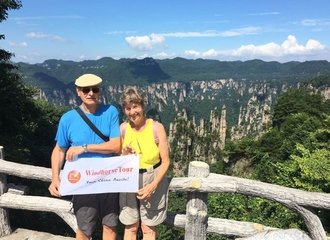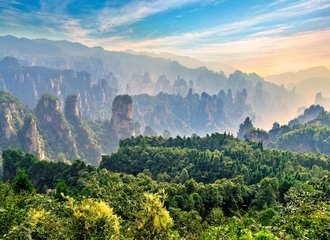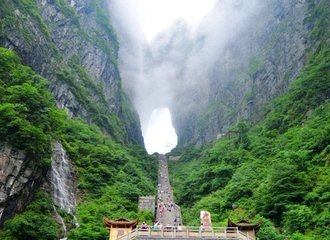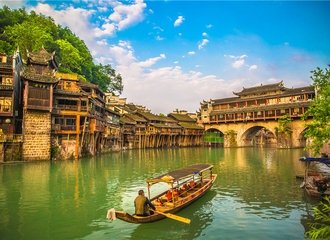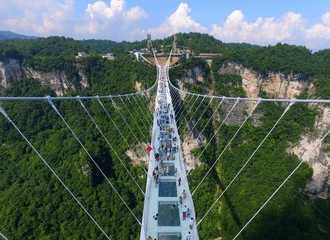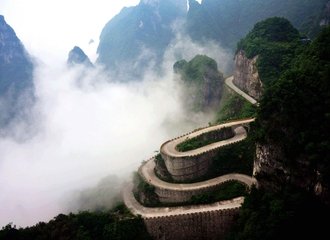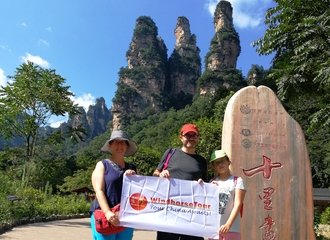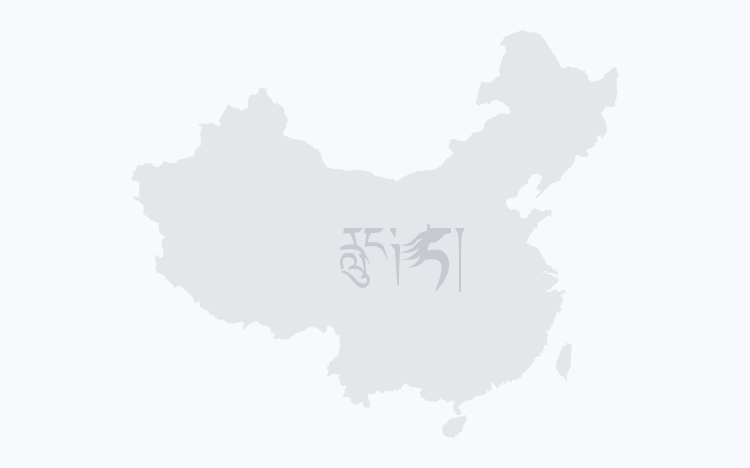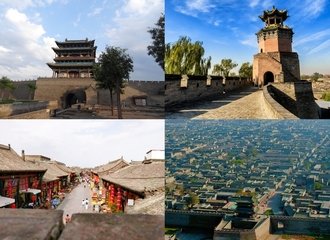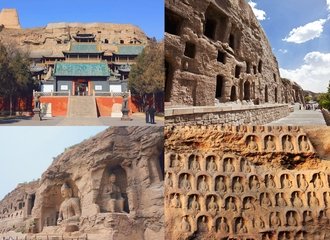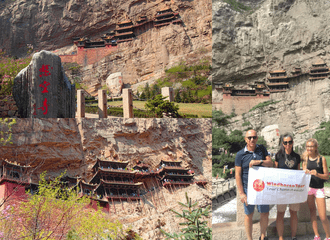Tibetan paintings
Paintings are one of the main excellent art forms in Tibet. The Tibetan paintings have not only kept its own traditional artistic characteristics, but also absorbed something excellent from Chinese Han nationality, India and Nepal. There are generally four kinds of Tibetan paintings: rock paintings, murals, Thangkas and engraving paintings
Rock paintings are the main form of paintings before the early Tubo Kingdom of Tibet. They are usually remained on the large rocks and cliffs which are made from chiseling, sculpturing and painting. In them, various contents are described, including Tibetans' herding, hunting, moving tribes, dancing, natural worshipping and wars, as well as religious symbols and ceremonies. Among these, herding animals and religious symbols are the most frequent motifs. The religious themes they talk about are closely connected to the indigenous religion, Bon of Tibet.
Murals are created on the basis of rock paintings and are one of the most abundant and perfect form of paintings in Tibet. They appear in almost every temple in Tibet, and can be widely seen on the walls, ceilings and passages. For their visual expression and the huge and continuous space where they exist, they are often created to illustrate religious teachings, historical events, legends, myths and social life of Tibetans. So they can be called an encyclopedia of Tibet religion, history and cultures.
Thangkas
Religious paintings mounted on brocade and rolled up between two sticks are called thangkas.Their eminent portability was essential in a land of nomads, and they were often used by mendicant preachers and doctors as a visual learning aid.Not so portable are the huge thangkas,the size of large buildings,that are unfurled every year during festivals.Traditionally,thangkas were never bought or sold.
The production of a thangka is an act of devotion and the process is carefully formailised.Linen(or now more commonly cotton)is stretched and lime called gesso.Iconography is bound by strict mathematical measurements.A grid is drawn onto the thangka before outlines are sketched in charcoal,starting with the main central deity and moving outwards.
Colours are added one at a time, starting with the background and ending with shading.Pigments were traditionally natural:blue from lapis, with at least a little gold.The last part of the thangka to be painted is the eyes,which are filled in during a special 'opening the eye' celebration.Finally a brocad backing of three colours and a 'curtain' are added,the latter to protect the thangka.
Engraving paintings appear the latest among all these forms of paintings. They are created with the introduction of the engraving printing technique to Tibet in the early 13th century. The main works of these paintings are the iconographs of sutras and picture volumes of various Buddhas and Bodhisattvas.

